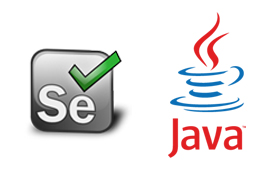Implement Code Re-usability in Selenium Automation Framework

In this post, you will learn kind of coding pattern which is very helpful in maintaining our automation code. This post is written insight to help beginners. We'll learn that instead of writing a linear script, we should create page (action) methods which in general contain actions which we are going to perform on our web software. Let's say, we have a login functionality in our software and we have to automate it. In that case we'll create a method named login and write the commands like, entering username, password and click login in that method. Now we can use that method wherever we need it in other test cases as well. Benefits of using action methods are: Code Re-usability Better maintainability of code Sample Program for Re-Usable Action Methods: package com . techlistic . tute ; import org.junit.Assert ; import org.junit.Test ; import org.openqa.selenium.By ; import org.openqa.selenium.WebDriver ; import org.openqa.selenium.WebElement ; import o...









.png)



